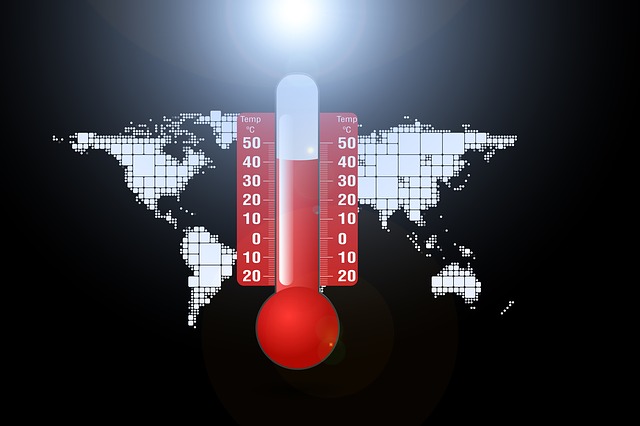How Canada Can Get To Net-Zero Climate Change Emissions By 2050

With recent polls saying that Canadians view climate change as the most important issue we need a step by step plan for Canada to confront this challenge. Tony Clarke – an activist and writer – has detailed such an approach in his book Getting to Zero: Canada Confronts Global Warming published in 2018. Clarke conveys how climate change is a planetary emergency that will make the planet inhospitable if not addressed. A federal government website states that Canadian insurance claims averaging $373 million a year between 1983 and 2004, and approximately $1.2 billion a year at present could reach between $21 and $43 billion by 2050 as a result of climate change.
Current Climate Emission Goals
Global Carbon Dioxide (CO2) emissions need to reach net-zero by around 2050 to limit warming to 1.5 degrees Celsius – an internationally agreed upon goal to safely limit climate change. Net-zero means that all human-caused emissions are absorbed (e.g. by trees and other carbon sinks). Importantly emissions have to start coming down significantly between 2020 and 2030 to avoid warming above 1.5 degrees. The UN has stated a CO2 emissions decline of 45% from 2010 levels by 2030 is necessary. Canada has committed (at minimum) to reducing emissions by 30% from 2005 levels by 2030 – which unfortunately does not meet the UN 2030 target. Prime Minister Trudeau has, however, committed to achieving net-zero by 2050.
The Current Plan – Good and Bad
The Trudeau government’s plan is called the Pan-Canadian Framework on Clean Growth and Climate Change. This approach reduces emissions through a carbon tax along with projects from key sectors of the economy including industry (which includes oil & gas), electricity, buildings, transportation, and agriculture. Examples of projects include phasing out coal electricity generation units to be replaced with renewables, increasing the number of zero-emission vehicles on the road, making buildings more energy efficient, and reducing methane emissions from oil and gas projects. The plan is a good first step towards net-zero emissions but for the most part lacks specifics for each project.
Tony Clarke’s Plan for Our 2030 Commitments and Reaching Net-Zero by 2050
Exceeding our 2030 commitments (and getting us a good amount closer to the 2030 UN goal) and achieving net-zero by 2050 can be done, according to Clarke, by quickly decommissioning existing coal-fired power plants, capping and gradually phasing out tar sands production before 2030 and by making public investments to fight climate change. For the latter Clarke focuses on three sectors of the economy which contribute significantly to Canada’s emissions: energy, transportation, and buildings. He details plans for major public investments in these sectors and calls this the “The Big Shift”. Clarke identifies projects, how much money needs to be invested, how many jobs will be created and the corresponding reduction in emissions. He claims these investments will put hundreds of thousands of people to work while at the same time creating a net-zero emissions economy. Finally, he proposes a “Just Transition” strategy which will ensure that changes to our economy occur with no one being left behind.
What You Can Do
Citizens can act by asking their representatives, at all levels of government, to adopt an ambitious plan to meet the above noted UN 2030 and 2050 goals. In addition, representatives should also be asked to specify details of costs, emissions reductions, and jobs created for each emissions mitigation project. Also, consider reading Tony Clarke’s book as it provides details of what it would take for Canada to get to net-zero quickly enough to minimize climate change impacts and so adds to the current public conversation about this very critical issue of climate change mitigation.
